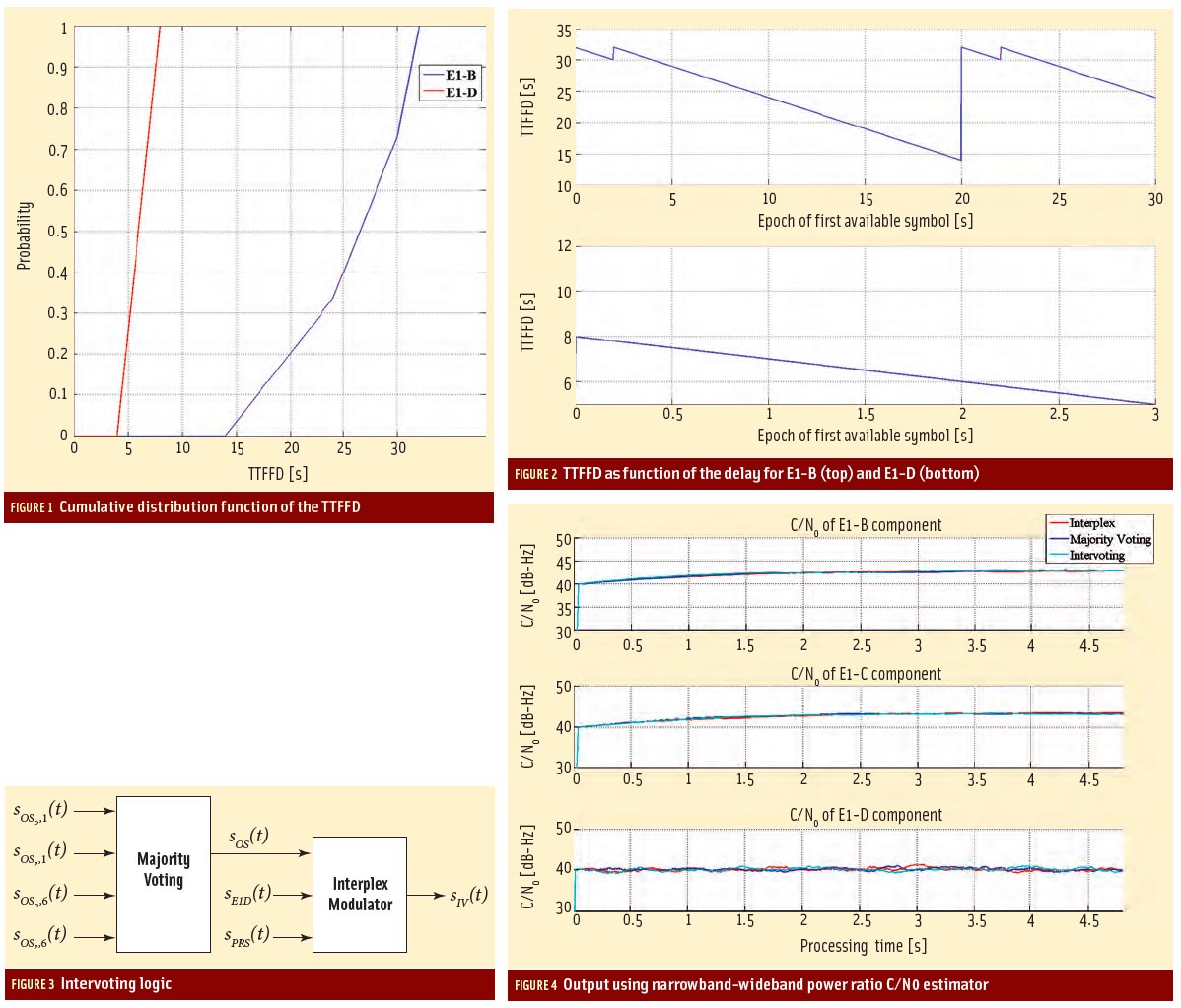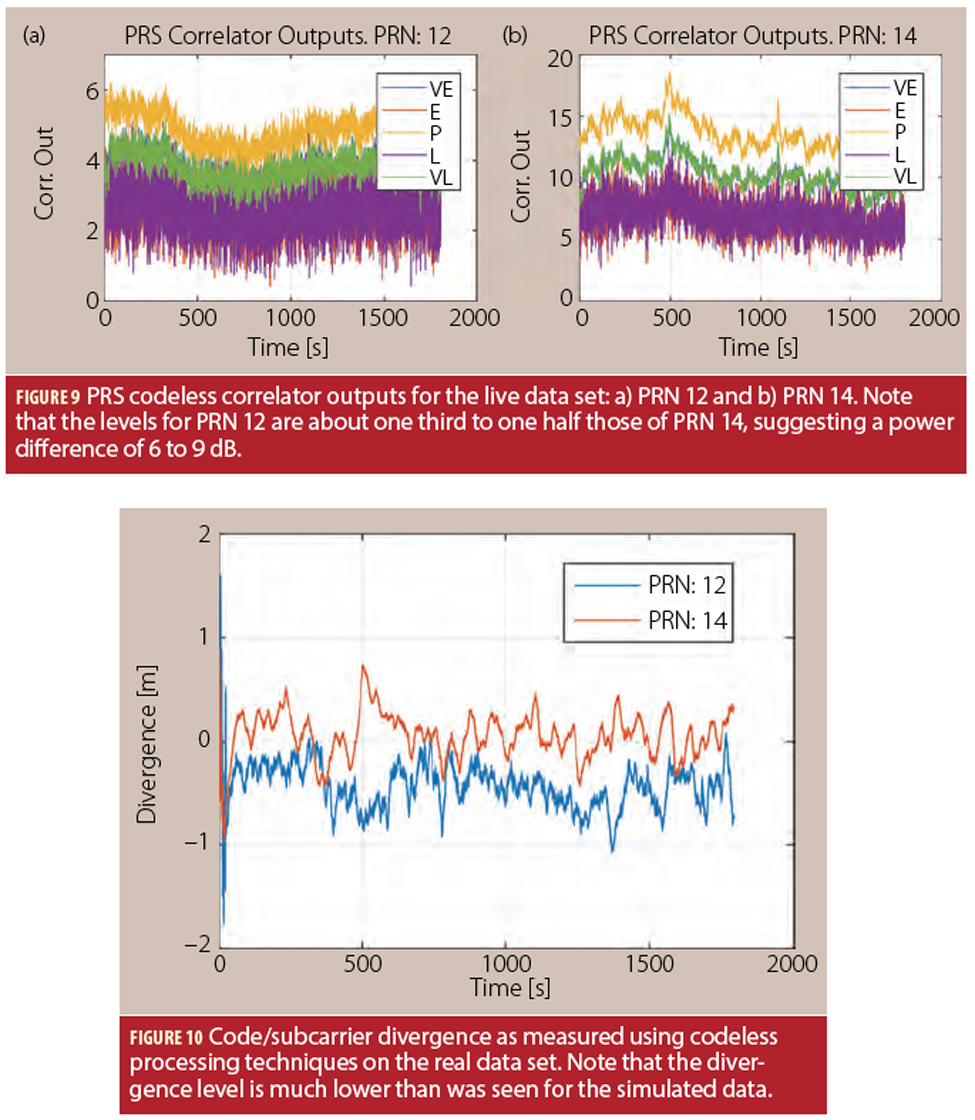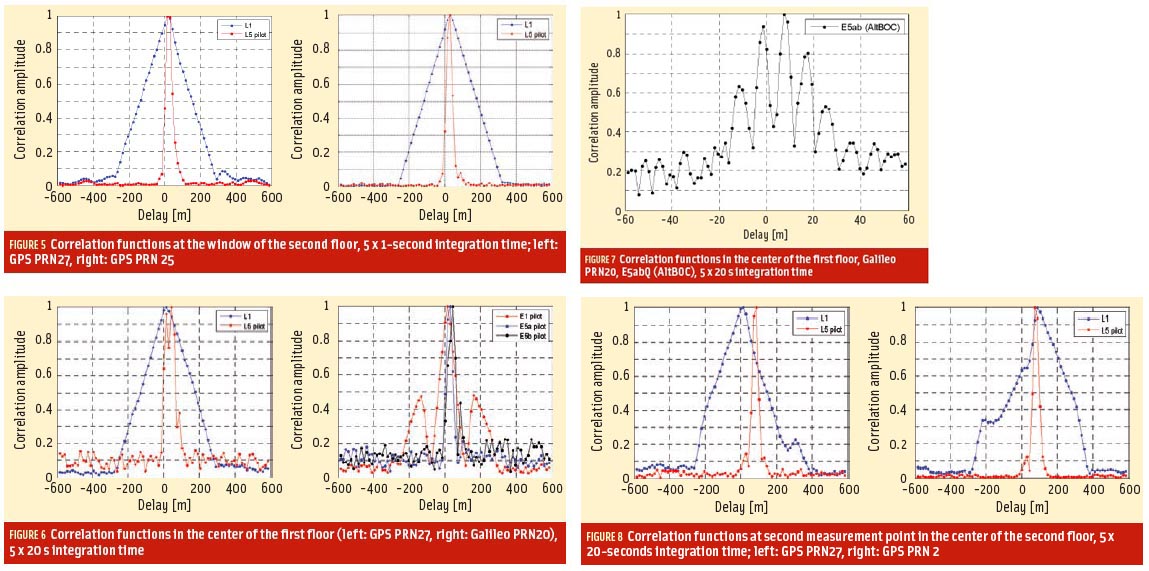GPS manufacturers and users who employ so-called codeless and semi-codeless techniques based on exploiting the L2 carrier phase of the military P(Y)-code signals may want to comment on a new proposal to ensure that capability through 2020.
GPS manufacturers and users who employ so-called codeless and semi-codeless techniques based on exploiting the L2 carrier phase of the military P(Y)-code signals may want to comment on a new proposal to ensure that capability through 2020.
Developed under the auspices of the National Executive Committee for Space-Based Positioning, Navigation, and Timing (PNT), the plan would commit the Department of Defense (DoD), as the operator of GPS, to continue enabling codeless/semi-codeless GPS access until December 31, 2020. At that time, a full complement of new civil signals — L2C and L5 signals — should be available on 24 or more modernized GPS satellites.
GPS transmits encrypted signals known as Y-code or P(Y)-code at the L1 and L2 frequencies. Although the Y-code is primarily intended for U.S. and allied military use, the civilian community has developed techniques to exploit the Y-code signal — particularly at the L2 band (1227 MHz) — to achieve significant accuracy gains. Many commercial GPS receivers have incorporated these techniques.
A request for public comment on the plan is scheduled for publication in the Federal Register on May 16, with a June 16 deadline for responses. The notice is also available on the website of the Department of Commerce’s Office of Space Commercialization.
The notice states that the U.S. government acknowledges the global use of GPS codeless and semi-codeless techniques and plans to maintain the existing GPS L1 Y-code and L2 Y-code signal characteristics — such as the received minimum RF signal strength — until such time that an alternative capability exists to replace it.
The PNT National Executive Committee proposes December 31, 2020, as the target date for completing transition of the installed base of codeless/semi-codeless GPS equipment to next-generation capabilities. This date is based upon the current launch schedule for the GPS program, which expects to have 24 GPS satellites transmitting the L2C signal to users by 2016, and 24 GPS satellites transmitting L5 by 2018. The civil L5 signal is included on the GPS IIF generation of satellites with the first launch scheduled in 2009.
The L1C signal would first appear on the Block GPS III spacecraft, now expected to launch beginning in 2014. The GPS Interface Control Working Group will meet in El Segundo, California, on May 22–23 to discuss the draft L1C and L5 interface specifications. Those publications and proposed changes can be found on the Los Angeles AFB website.
The 2020 codeless/semicodeless transition date is also based on preliminary discussions that the Office of Space Commercialization has held with GPS equipment manufacturers, who indicated that a transition period of approximately 10 years should be long enough to allow GPS users to upgrade to L2C- and L5-capable receivers as part of their normal equipment amortization, obsolescence, and upgrade cycle.
“We believe the 2020 date gives manufacturers and users enough time to plan ahead for re-equipage,” says Jason Kim, senior policy analyst in the Office of Space Commercialization, “but we are offering an opportunity for the public to comment just to make sure we haven’t overlooked any major issues.”
Comments from both domestic and international users, manufacturers, and service providers are welcome due to the global nature of GPS use. The PNT National Executive Committee will take the public comments into account as it prepares a final announcement on the date for the codeless/semi-codeless GPS transition, which will also be published in the Federal Register. The final announcement would also state that should “unforeseen delays” occur in the GPS modernization program, the date will be reassessed.
For further information, contact Jason Kim, Office of Space Commercialization, U.S. Department of Commerce, telephone, (202) 482-5827; e-mail, <jason.kim@noaa.gov>; fax, (202) 482-4429.





